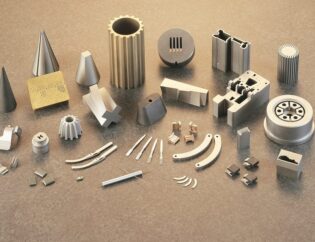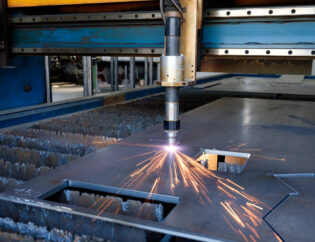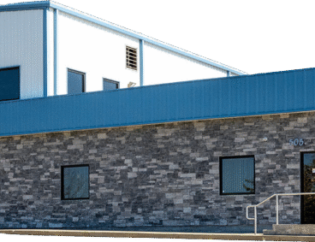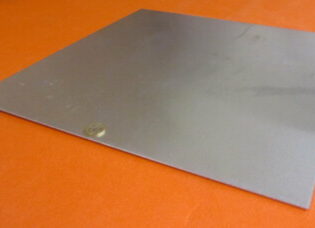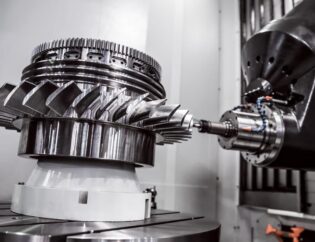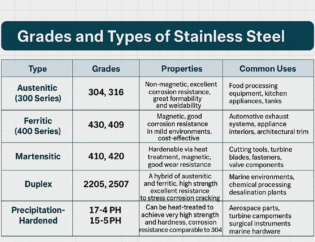Metal filaments are revolutionizing the world of 3D printing, offering unique properties that enhance both aesthetics and functionality. As the demand for innovative materials grows, understanding metal filaments becomes essential for hobbyists and professionals alike. This guide will delve into the characteristics, benefits, and applications of metal filaments, equipping readers with the knowledge to elevate their 3D printing projects.
In this comprehensive exploration, readers will learn about the various types of metal filaments available, including their composition and how they differ from traditional plastics. We will also discuss the printing process, including tips for achieving optimal results and troubleshooting common issues. By the end of this guide, you will be well-prepared to incorporate metal filaments into your 3D printing repertoire.
Metal Filament: Properties, How to Use, and Best Brands
When it comes to specialty filaments, we find that people have become especially curious about metallic filaments. Perhaps you have seen custom 3D prints that appear like they are made of bronze or stainless steel. More than the aesthetics of the products, people are curious about how these metallic filaments work and what else they are capable of. If you are curious, then you have come to the right place as we will tell you everything you need to know about metal filaments.
Understanding Metallic Filaments
Metallic filaments are a unique blend of traditional plastic filaments, such as PLA, infused with fine metal powders. This combination allows for the creation of 3D prints that not only look metallic but also possess some of the properties of metal. The most common metals used in these filaments include brass, bronze, copper, and stainless steel. The typical composition is around 80% metal powder and 20% plastic.
Technical Features of Metallic Filaments
Metallic filaments offer several advantages over standard plastic filaments. Below is a comparison table highlighting their key technical features:
| Feature | Description |
|---|---|
| Density | Higher density than standard filaments, resulting in heavier prints. |
| Printing Temperature | Generally between 190°C to 220°C, depending on the brand and type. |
| Flexibility | Rigid with little to no flexibility, making them somewhat brittle. |
| Durability | Less durable than full metal prints but more durable than standard PLA. |
| Cooling | Not prone to warping; cooling fans can be used at maximum settings. |
| Nozzle Wear | Metal powders can be abrasive; wear-resistant nozzles are recommended. |
| Post-Processing | Can be polished or painted for enhanced aesthetics. |
Types of Metallic Filaments
Metallic filaments can be categorized into two main types: real metal filaments and metal composite filaments. Here’s a comparison table to illustrate the differences:
| Type | Composition | Characteristics | Applications |
|---|---|---|---|
| Real Metal Filament | Made from metal particles (e.g., stainless steel) | Produces solid metal parts after sintering | Functional prototypes, end-use parts |
| Metal Composite Filament | PLA infused with metal powders (e.g., bronze) | Aesthetic appeal, retains some plastic properties | Jewelry, decorative items, models |
How to Work with Metallic Filaments
Working with metallic filaments requires some adjustments to your 3D printing process. Here are some essential tips:
-
Nozzle Selection: Due to the abrasive nature of metal powders, it is advisable to use a hardened or wear-resistant nozzle. A larger nozzle size (0.5mm to 0.6mm) can also help reduce wear.
-
Bed Adhesion: For non-heated beds, blue painter’s tape works well. If using a heated bed, a glue stick can enhance adhesion.
-
Print Speed: Start printing at a slower speed (around 50mm/s) and gradually increase to 80mm/s as you gain confidence with the material.
-
Cooling: Utilize a cooling fan to help with the cooling process, as metallic filaments can heat up quickly.
-
Retraction Settings: Minimize retractions in your slicing software to avoid blobs and stringing.
Benefits of Using Metallic Filaments
The primary advantage of metallic filaments is their aesthetic appeal. They can produce prints that closely resemble real metal, providing a unique finish that is hard to achieve with standard filaments. Additionally, the high density of these prints gives them a substantial feel, making them ideal for decorative items and prototypes.
Metallic filaments are also relatively easy to print with, as they do not require extremely high temperatures. This makes them compatible with most desktop 3D printers, allowing hobbyists and professionals alike to experiment with metal-like prints.
Limitations of Metallic Filaments
Despite their advantages, metallic filaments come with some limitations. They are generally more expensive than standard plastic filaments, which can be a consideration for budget-conscious users. Additionally, the rigidity of metallic prints can lead to brittleness, making them unsuitable for applications that require flexibility or durability under stress.
Another challenge is the variability in printing settings required for different brands and types of metallic filaments. Users may need to experiment to find the optimal settings for their specific filament.
Best Brands of Metallic Filaments
When it comes to choosing metallic filaments, several brands stand out for their quality and reliability. Here are some of the best options available:
-
GizmoDorks: Offers a range of metal-filled filaments, including Copper Fill and Bronze Fill, available in smaller starter spools.
-
ColorFabb: Known for its CopperFill, BronzeFill, and BrassFill, providing a variety of metal types and spool sizes.
-
Proto-Pasta: Features options like Copper Metal Composite and Polishable Stainless Steel, ideal for those looking for high-quality metal filaments.
-
SainSmart: Offers bronze, copper, and aluminum options, with consistently positive reviews.
-
BASF Ultrafuse: Provides real metal filaments, such as Ultrafuse 316L, which can be debound and sintered for solid metal parts.
Conclusion
Metallic filaments open up a world of possibilities for 3D printing enthusiasts. They allow for the creation of stunning, metal-like prints that can be used for various applications, from decorative items to functional prototypes. While they come with some challenges, the aesthetic and practical benefits make them a worthwhile investment for anyone looking to enhance their 3D printing projects.
FAQs
Related Video
What are metallic filaments made of?
Metallic filaments are typically made by infusing PLA with fine metal powders, such as brass, bronze, copper, or stainless steel.
Can I use a standard nozzle for metallic filaments?
It is recommended to use a wear-resistant nozzle, as the metal powders can be abrasive and may wear down standard brass nozzles quickly.
What is the recommended printing temperature for metallic filaments?
Most metallic filaments print well at temperatures ranging from 190°C to 220°C, but it’s best to follow the manufacturer’s guidelines.
Are metallic filaments suitable for functional parts?
Metal composite filaments are generally not as strong as full metal prints, so they are better suited for decorative items or prototypes rather than functional parts.
Where can I buy metallic filaments?
You can find metallic filaments at various online retailers, including 3dinsider.com, www.matterhackers.com, all3dp.com, and 3dpadvisor.com.

